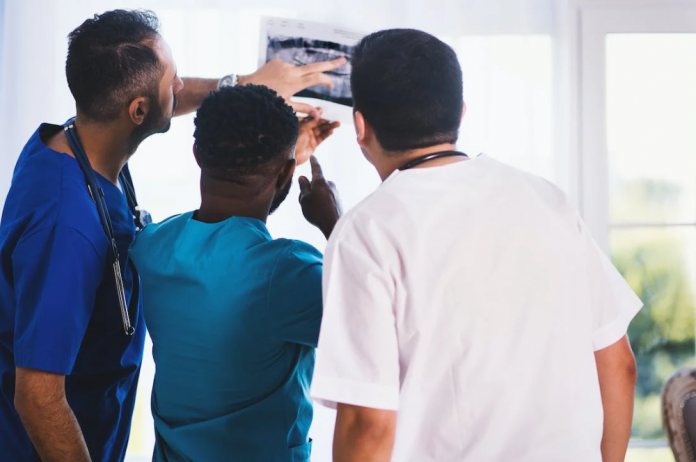Part Two of the series of Miscommunication in Healthcare by Michael J. Grace, JD, CPHRM)
We’ve all been questioned by hospital personnel, but we often fail to appreciate that their triage decisions and medical diagnoses are largely based on patient history including onset, duration and severity of symptoms. This information can also affect the scope of examination and the types of testing.
Inaccurate history can lead to incorrect diagnosis and ineffective treatment. As a patient, what can you do to minimize the chance of an injury due to miscommunication?
When possible, make a written timeline of pertinent facts including the timing and severity of symptoms. Listen carefully to the providers’ questions and answer them directly and truthfully. Remember, the major responsibility for an accurate patient history is on your shoulders!
We all know there are barriers to effective communication including pain, fear and confusion, especially in the traumatic setting of an emergency department. If possible, come to the ED with a friend or family member who, with your permission, can be your surrogate spokesperson.
Bring a list of current medications. Cell phone camera photos of each pill container label are a quick and efficient way to capture this information.
Returning to the hospital within hours or days means you’ll be restarting the communication process all over with a new cast of characters. Yes, the first group of healthcare providers made notes in the computer, but plan on verbally rehashing everything from the beginning, especially any interval changes since your last visit. This is when you are really going to appreciate having made those notes!
Michael J. Grace, JD, CPHRM is a Rancho Mirage resident, writer, artist, and licensed California attorney. He can be reached at 619-252-3656, or [email protected]


